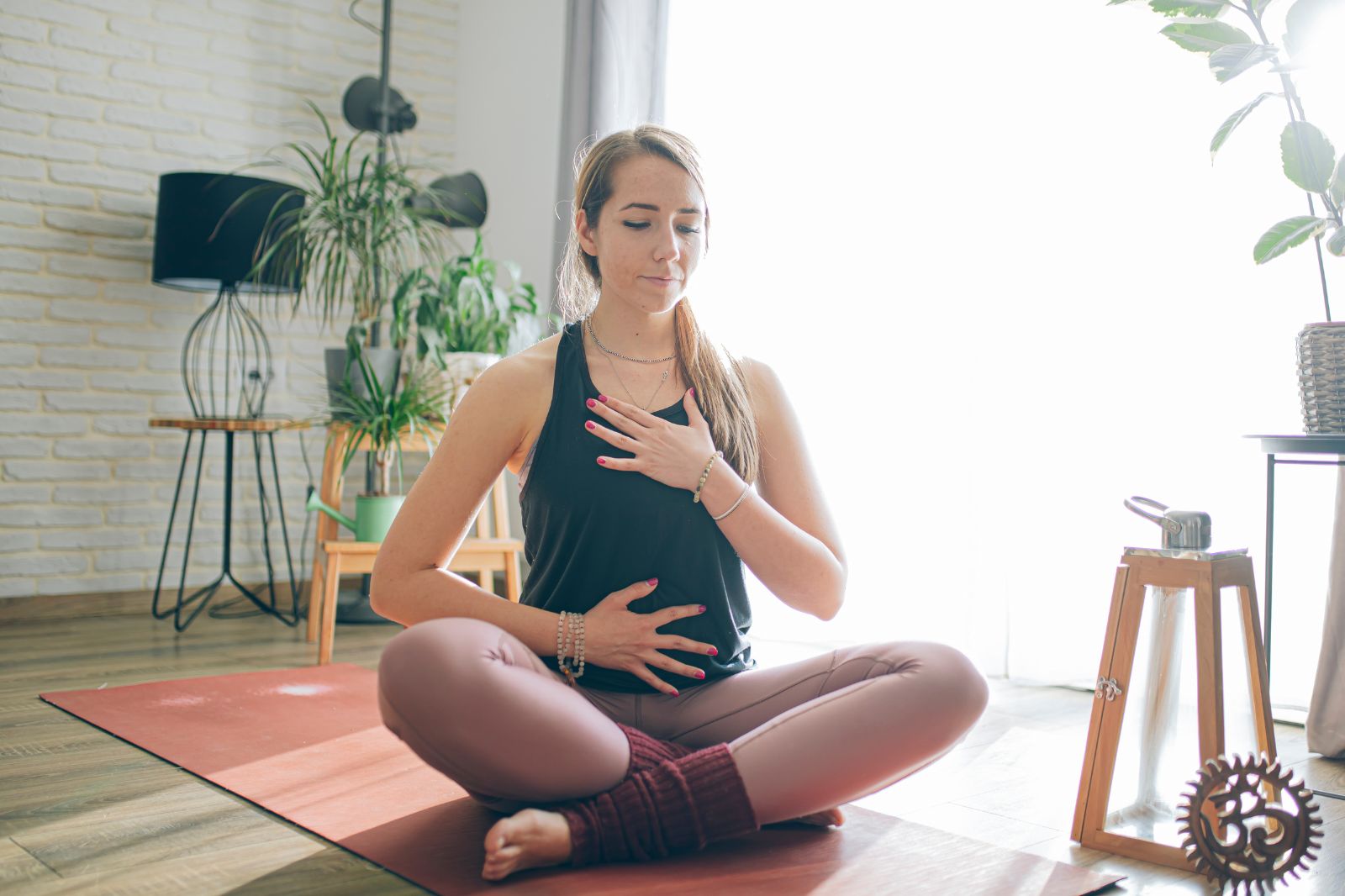Exercises for Sleep Apnea: A Path to Better Sleep

Sleep apnea is a common yet serious sleep disorder that causes interruptions in breathing during sleep. Those affected may experience excessive daytime sleepiness, snoring, and difficulty concentrating, among other symptoms. While medical interventions, such as CPAP therapy, are essential for managing sleep apnea, incorporating specific exercises can complement these treatments and potentially improve your sleep quality. In this blog, we’ll explore various exercises that may help alleviate symptoms of sleep apnea.
Understanding Sleep Apnea
Before diving into exercises, it’s crucial to understand sleep apnea better. The most common type is obstructive sleep apnea (OSA), which occurs when throat muscles relax excessively during sleep, blocking the airway. Central sleep apnea (CSA) is less common and occurs when the brain fails to send the correct signals to the muscles responsible for breathing. While it’s essential to consult with a healthcare provider for diagnosis and treatment, certain lifestyle changes, including increased physical activity, can help lessen the severity of sleep apnea.
Breathing Exercises
- Diaphragmatic Breathing: Lie on your back with your knees bent. Place one hand on your chest and the other on your abdomen. Inhale deeply through your nose, ensuring your diaphragm expands rather than your chest. Exhale slowly through your mouth. Repeat this for 5-10 minutes daily.
- Pursed-Lip Breathing: This technique helps keep airways open longer. Inhale through your nose for two counts, then purse your lips as if blowing out a candle and exhale slowly for four counts. Practice this for a few minutes each day.
Neck and Jaw Exercises
- Neck Stretch: Strengthening the neck and jaw muscles may help keep the airway open during sleep. Sit up straight and slowly tilt your head to the right, bringing your ear toward your shoulder. Hold for 15-30 seconds, then switch sides. Repeat 2-3 times on each side.
- Jaw Exercise: Open your mouth wide as if yawning, then close it slowly. Repeat this 10 times. You can also try moving your jaw side to side to increase flexibility.
Tongue and Soft Palate Exercises
- Tongue Stretch: Strengthening the tongue and soft palate muscles may help reduce airway blockage. Stick your tongue out as far as possible and hold for 5 seconds. Repeat this 5-10 times.
- Soft Palate Blowing: Take a deep breath, and while exhaling, try to make a “k” sound. This engages the muscles of the soft palate. Repeat 10-15 times.
Cardiovascular Exercises
Aim for at least 150 minutes of moderate aerobic activity each week. Walking or jogging can improve cardiovascular health, help with weight management, and help tire you out for better sleep. Riding a stationary bike or cycling outdoors can be an enjoyable way to increase your heart rate and burn calories too.
Strength Training
Include body weight exercises like push-ups, squats, and lunges in your workout routine. Aim for 2-3 sessions per week. Focus on major muscle groups. Use resistance bands for various exercises to build strength if you don’t have dumbells or other tools.
Yoga and Stretching
- Cat-Cow Stretch: Start on all fours, arch your back upwards while inhaling, then dip it down while exhaling. This stretch helps open up the chest and improve breathing.
- Child’s Pose: Kneel on the floor, sit back on your heels, and stretch your arms forward on the ground. This pose can promote relaxation and alleviate tension.
Additional Tips for Better Sleep
In addition to exercises, consider implementing other lifestyle changes to improve sleep quality:
- Maintain a Healthy Weight: Aim for a balanced diet and regular exercise to manage weight effectively.
- Establish a Sleep Routine: Go to bed and wake up at the same time each day to regulate your body’s internal clock.
- Avoid Alcohol and Anti-Sleep Foods: These substances can relax the muscles in the throat, increasing the risk of airway obstruction.
- Sleep Position: Sleeping on your side may help keep your airway open, so consider trying different sleeping positions.
Conclusion
While exercises alone may not cure sleep apnea, they can play a supportive role in managing symptoms and improving your health. Incorporating breathing exercises, neck and jaw workouts, cardiovascular activity, strength training, and relaxation techniques into your routine can help alleviate some of the challenges associated with sleep apnea. Always consult with a healthcare professional before starting any new exercise regimen.
Why Trust Us?
At The Sleeping Institute, we're dedicated to transparency, impartiality, and accuracy in every article we publish. Our reviews are based on comprehensive analysis and firsthand experience. Staying current with the latest advancements in sleep technology, we offer up-to-date, reliable, and unbiased information to help you make informed decisions for a better night's rest. Let us be your trusted guide in the ever-evolving world of sleep technology!